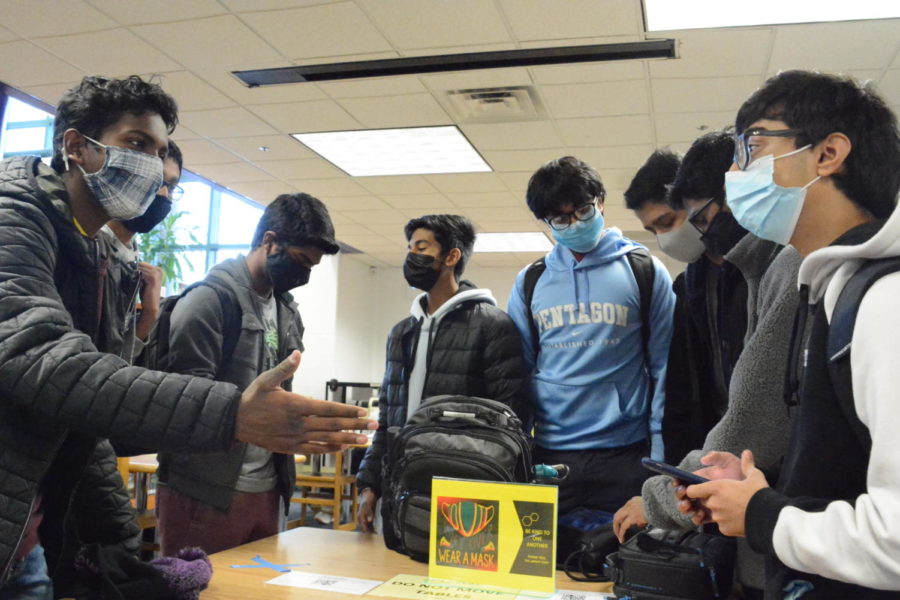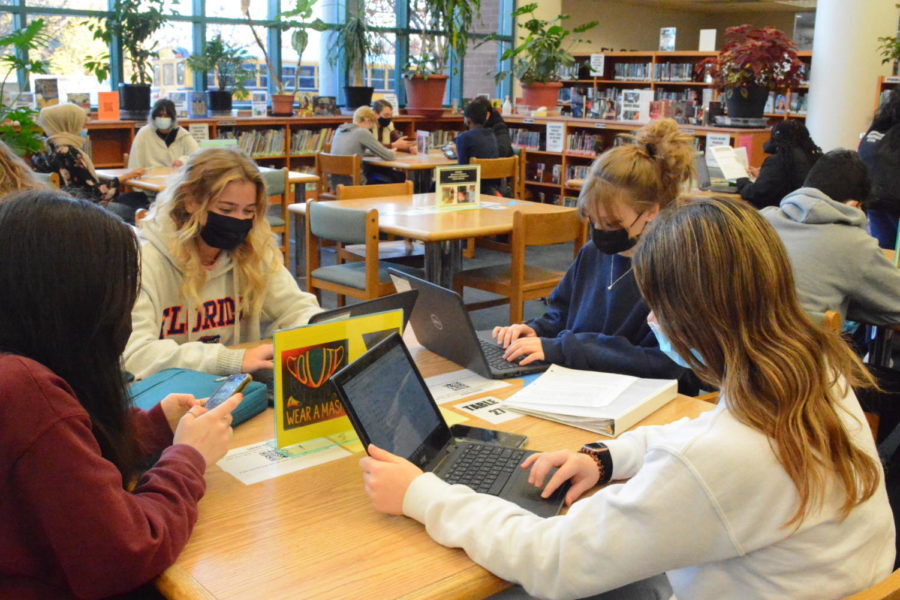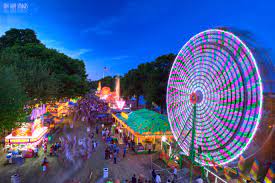Diverse but divided: Racial cliques split students
Sophomores passionately discuss the difficulties of going straight from Pre-Calculus Honors to AP Calculus BC and how many of their friends have dropped out of AP Calculus BC after the first quarter ended. They form a huddle around a table in the library on Nov. 23.
The faces that make up CHS come from every corner of the world. With 64.6% of the student population consisting of racial minorities, the student body represents numerous cultures and backgrounds. This “melting pot” allows students to gain more exposure to lifestyles beyond their own.
“At school, there’s a multitude of experiences and people from different backgrounds who are able to share their perspectives,” senior Paula Muente Mizushima said. “I have a fairly diverse group of friends.”
While many students recognize their diversity like Muente Mizushima, they also participate in single-race clubs. The Asian Student Association, Black Student Association and Indian Student Association are just a few of the clubs that represent specific ethnic and racial groups.
“Sometimes I compare [CHS] with my cousin’s school in Peru, and there isn’t this amount of diversity,” Muente Mizushima said. “Representation is becoming a lot more important.”
However, the variety of race-specific clubs can contribute toward division in student culture. Many students agree that while diversity is celebrated at events such as International Night, students tend to group and form cliques with other students from similar racial groups on a daily basis.
“If [you] have a very similar cultural background as another student, [you’re] going to gravitate towards [them],” psychology teacher Matt Miles said.
Out of 163 students polled on Nov. 17, 49.1% claimed that most of their friends were from their ethnic and racial background, and 73.6% reported that they witnessed racial cliques moderately to very often at school.
“I know that some of my other friends tend to hang out with their Asian friends, like [how] the Indian kids tend to stick together,” Muente Mizushima said. “Shared experiences are a good way to communicate and bond with someone.”
More stereotypical and status-based cliques such as the “jocks” or the “nerds” are typically viewed as inherently divisive. However, all cliques, including race-based cliques, often form naturally as students seek a familiar social setting where they can relate to others and feel a sense of belonging.
“Clique”ing to cultural comfort
Large schools accentuate the need for students to search for friends similar to themselves, according to a study by Stanford University. Given that CHS is the largest high school in Fairfax County Public Schools, students face a mixture of social freedom and uncertainty amongst almost 3,000 other students. The search for identity during one’s adolescent years encourages students to cluster in groups of familiar faces or backgrounds.
“When it comes to similar backgrounds, there might be more to talk about and more common ground for you to start building a friendship with,” junior Sujay Pandem said. “Before, I didn’t really care about other people’s races, but now, I’m more aware of that when I talk to people.”
Students of the same ethnicity tend to bond over aspects of their home and non-school lives, whether it be their hobbies, social cues or challenges. For example, people who celebrate Diwali can relate to each other through the ethnic foods or rituals involved in the event.
“I feel like I have a lot in common with people of my race—the way we talk, the way we walk around and our limit to how mean we can be as a joke,” junior Paola Gomez said. “We can understand each other more with the way our parents treat us, how we grew up and what our parents went through.”
According to the American Psychological Association, exposure to race-based marginalization, such as microaggressions, may lead people to connect with those of their own race to avoid feeling judged by other groups and fight feelings of discontent together.
“In TV shows or sometimes on the internet, [people like me] see that sometimes white people are more racist,” Gomez said. “Most of the time, we are [hesitant] to talk to white people because we think they’re gonna be racist towards [us].”
Prolonged isolation during quarantine can also contribute to higher levels of loneliness and depression, according to the New York Times. Consequently, students may choose to hang out with friends that make them feel most reassured and comfortable.
“[One of the ways people changed over quarantine] is that they have basically become copies of their families and have grown really close to their ethnic backgrounds,” senior Yasmeen Elgayli said. “Therefore, they stick around people with the same background, [even though] it sort of limits their world view and can lead to close-mindedness.”
Academic pressure reinforces cliques
CHS ranked in the top 5% of all schools in Virginia for math and reading proficiency testing data in the 2018-2019 school year, according to US News, and has a 65% AP participation rate, according to the Public School Review. Academic anxiety can urge students to seek support within tight-knit friend groups to study for tests together and understand class material, according to the National Education Association.
“I usually hang out with people in my classes or people taking the same classes [as me] just so we can talk about the stress [from class],” Elgayli said.
Shared academic-related worries and intellectual habits can also influence the formation of racial cliques. For instance, 80.2% of students who took AP courses were Asian in CHS, which is about 20-40% percent higher than other ethnic groups during the 2019-2020 school year. Asian Americans are typically expected to perform more successfully in academics in comparison to other minority groups, especially by their parents, which may contribute to higher levels of stress for students to conform to those standards, according to the South China Morning Post.
In general, students tend to stick with those who have a similar level of dedication to their grades. Many of Elgayli’s friends are of Asian ethnicity and studious, and those who aren’t have parents who push them to work harder.
“I usually sway towards [these] types of people because seeing someone not care about things that I studied very hard for or put a lot of effort into can be very disheartening,” Elgayli said. “I want friends who won’t brush me off when I share my concerns or stresses.”
Need to mix and mingle
By primarily hanging out with friends from their own ethnicity, students may be more judgmental of outsiders and stay within their own social circles, according to the American Psychological Association. This seclusion can strengthen the use of common racial stereotypes to categorize peers.
“I don’t think that stereotypes are necessarily widely applicable,” Muente Mizushima said. “On some level, there’s a reason why we see certain patterns of people, but it shouldn’t define a person.”
While Miles accepts that the high school experience will never be without cliques, he hopes the current generation will make the effort to branch out and steer away from further division.
“I think it’s important for people to have groups but also talk to other people,” Miles said. “My fear for the future is a lack of human empathy [between students of different groups].”
To branch out of one’s clique, Learning Essentials recommends joining new extracurricular activities, actively reaching out to new people and getting rid of judgment.
“Whenever I talk to new people, their race or their religion doesn’t really come to my mind,” Pandem said. “First, I just care more about personality.”
Studies by Drexel University show that acknowledgement of racial divides and the increasing diversity in schools have largely led students to be more tolerant of other racial groups and discard the bias of older generations.
“CHS is so diverse; because you interact with [people of] several different [races] in your classes, you don’t necessarily hold on to the stereotypes that your parents might,” Muente Mizushima said. “Interacting with other people and learning helps bridge racial divisions.”
Your donation will support the student journalists of Chantilly High School. Your contribution will allow us to cover our printing and annual website hosting costs.
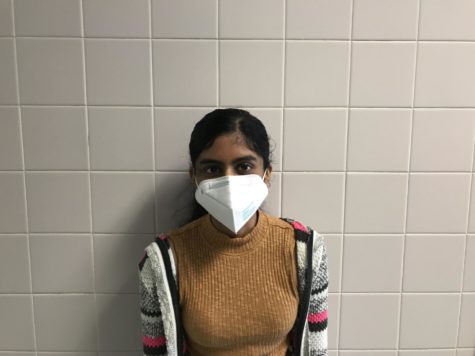
Aarthika is a senior and Editor-in-Chief of The Purple Tide. She enjoys writing fantasy and romance novels, daydreaming, and cuddling with her two adorable...
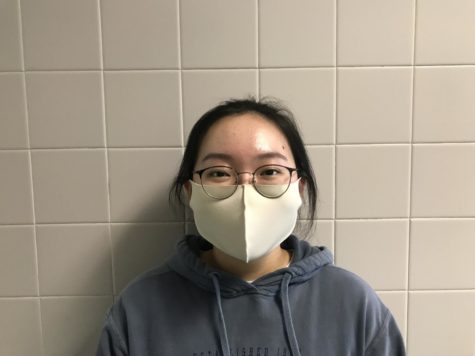
Christine is a senior and in her second year of The Purple Tide. She loves making other staff laugh and creating music, journal spreads or food with fancy...



